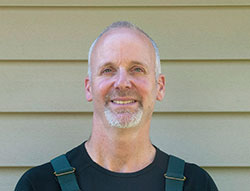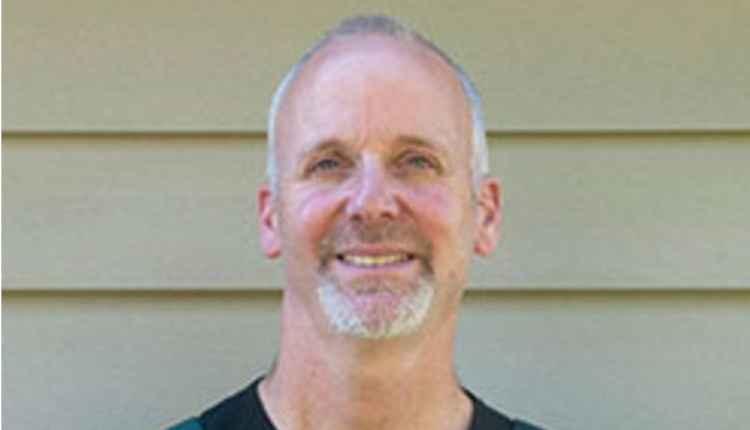The author is a partner and large animal veterinarian at Thumb Veterinary Services in Deckerville, Mich.

I’ve ruminated on that phrase lately, and it carries a lot of truth. Dairy farm life is full of daily, weekly, and yearly challenges. Often, these challenges are out of our immediate control.
Just think about the challenges you have overcome this past year: Weather extremes, rising input expenses, perhaps serious health issues within your family or farm team, a shortage of engaged employees, and more. The list is daunting, yet many times, progress and positive change is the end result.
Over the years, I’ve witnessed many farm families and dairy herds excel by moving in the right direction, even without perfect results. Attaining perfection is nearly impossible for most of us, but for most all of us, progress is achievable!
Farmers and veterinarians realize early in our careers that getting an “A+” every day is not often the case. Some weeks we may struggle and work hard to achieve a “C” on our personal report card. It’s how we handle those days and move forward that can produce a favorable outcome.
Goals within reach
Make goals realistic, attainable, and specific. I have observed many dairy farm incentive programs relating to milk quality, reproduction, calf mortality, and involuntary culling. Some are successful, but some are not. Why is that?
At times, we may develop some goal criteria, let’s say a bulk tank somatic cell count (SCC) below 125,000 cells/mL. We might spend time and resources to train the parlor harvest team the “perfect” milking routine, standard operating procedures (SOPs), and cow handling tips. The people milking the cows may be well motivated and work hard to follow that “perfect” routine and protocol. But, unless the owner or manager adopts progressive environmental and culling strategies, those goals may be out of reach for the milking crew.
Think about all of the critical control points in achieving a consistently low bulk tank SCC: environmental conditions in the dry cow pen and maternity areas; maintenance of clean, dry, and deep beds; and proper nutrition. It’s a long list. Everything matters! We all have a part in carrying out our realistic goals.
This same thinking applies to nearly all areas of the farm, from forage procurement and storage, to exceptional feeders, scrapers, drovers, and milkers. We all are an integral part of a much bigger picture to reach our farm goals. Our cows and young stock are the recipients of our level of care and husbandry. Again, everything matters!
Make an action plan
After creating specific goals, make an action plan. Be sure all those that need to be involved are made aware and are part of the plan. I would suggest that family, employees, and advisers need to be involved in your goals so they can listen, support, and help the farm progress in the right direction.
And remember, moving ahead is often small steps, and sometimes, a few steps back. It might also mean changing the direction of your plan entirely. Some problems can be fixed without dramatically changing the end goal you’ve set, but major problems could result in your goal needing to be rethought and re-executed.
Oscar Wilde, an 1880s Irish poet, once stated, “Experience is simply the name we give our mistakes.” There’s some truth and wisdom to that. So, provide the fundamentals really, really well! Continue to strive for excellent husbandry and stewardship as you progress toward your goals this year.
What about the cows?
Encouraging change usually follows progress in providing the basics of excellent husbandry a bit better. Sure, at times, a new transition cow facility or calf barn would be our perfect choice, but can we improve herd health and performance without breaking the bank?
Progress isn’t always made in a straight line. Many of you have made great progress year after year in the areas of enhanced cow comfort, adding features like deep sand beds, more fans, grooving on worn concrete, and additional water sources. Hiring the neighbor to plant, harvest, and put up your feed or hauling the manure to the fields has been a great benefit for many of you. These areas mean effort is being made.
In the end, be grateful. Focus on the positives of what you, your family, and farm have. When we all do that, I believe it helps to find a more solid joy, whether we are implementing new projects on the farm or maybe just changing some less significant areas.
Focusing on the positives is also about our personal growth. Aim for progression, not perfection. Let’s strive to make that a reality this year, and be thankful for those who help to make our lives great.









